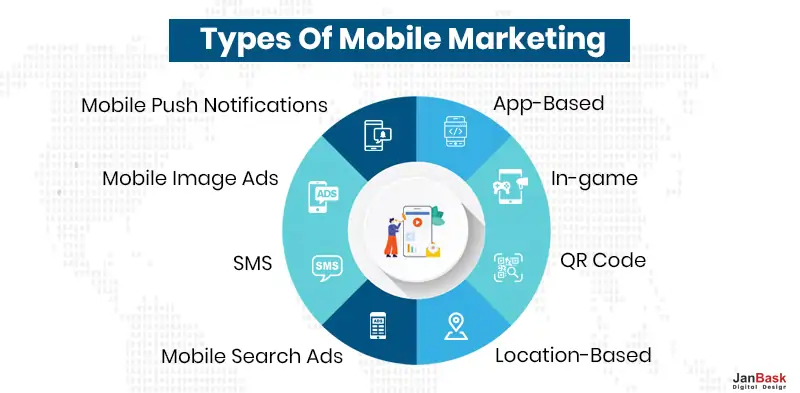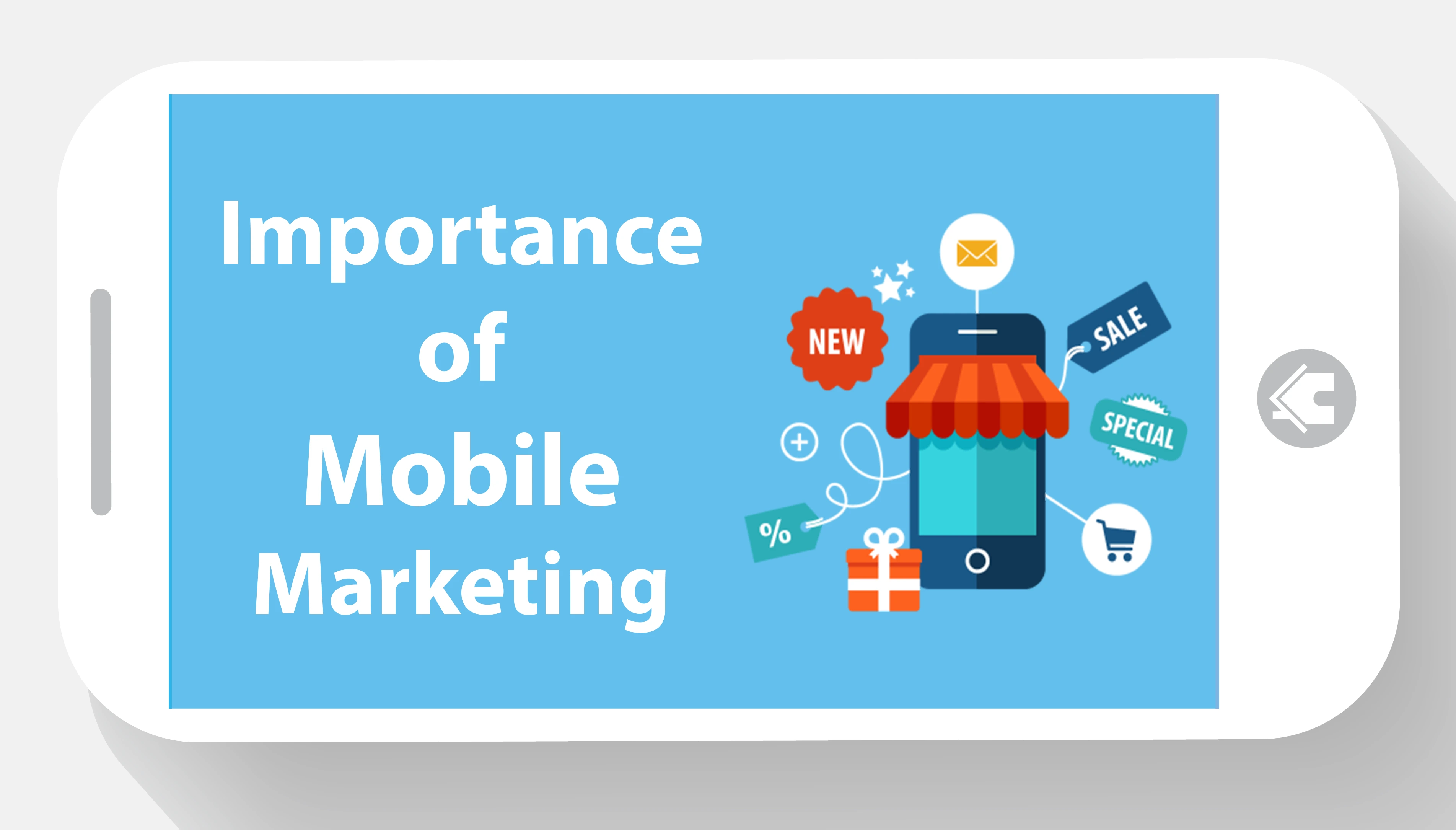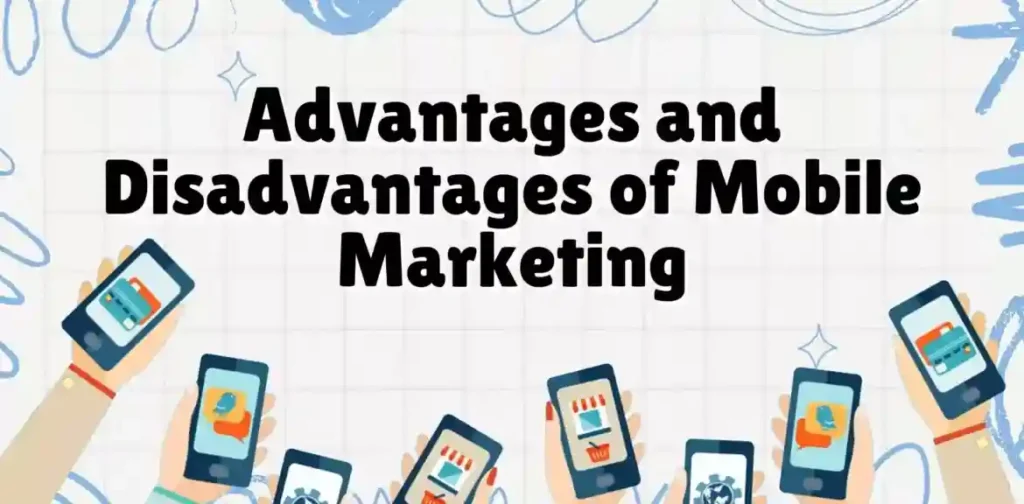Introduction
Mobile web marketing is a digital marketing strategy that focuses on reaching and engaging potential customers through mobile devices such as smartphones and tablets. It is used to promote products, services, and brands through mobile-optimized websites, mobile apps, and mobile-specific digital channels such as SMS, social media, and other location-based services. Mobile marketing can help you connect with customers in real-time and create a cohesive customer experience. It can also lead to higher customer engagement and stronger loyalty.
Mobile marketing is essential in today’s business landscape due to the increasing reliance on mobile devices for internet access, communication, and shopping. It offers advantages such as instance, greater audience reach, and the ability to gather precise user data for informed decision-making. By integrating mobile marketing into their overall strategy, businesses can build stronger customer relationships, increase brand awareness, and drive sales while adapting to the growing mobile-first trend.

What are the Types of Mobile Web Marketing?

Types of mobile marketing are:
- SMS Marketing (Text messaging): SMS Marketing sends promotional offers, alerts, or updates via text messages directly to customers. It is effective for direct communication for high open rates and ensures immediate visibility and engagement.
- MMS Marketing(Multimedia Messaging): MMS Marketing is similar to SMS but it includes multimedia elements like images, audio, and videos to send messages to mobile devices. It engages users with richer content as compared to plain text.
- Mobile App Marketing: Mobile apps provide a direct channel to engage with customers. Businesses can use their apps or advertise within third-party apps to reach their audience. In this type of mobile app marketing, ads are displayed within the apps that users actively use, alerts are sent to users who have downloaded the app, and offers special discounts for app users.
- Mobile Web marketing: This type of marketing targets users browsing mobile-friendly websites. Mobile web marketing can include banner ads, pop-ups, and interstitial ads. It relies on mobile-optimized web pages and uses cookies and other tracking technologies for retargeting. It includes wide reach without the need for app downloads and can leverage Search engine optimization (SEO) for organic traffic.
- Push Notifications: Push notifications are messages sent from apps to a user’s mobile device. They are highly effective when users have opted in to receive them. It delivers timely updates, reminders, or promotional messages to app users just like mobile app marketing but it requires user consent to enable notifications.
- Location-Based Marketing: Location-based marketing uses GPS, Wi-Fi, or Bluetooth technology to target users based on their physical location. It focuses on geotargeting, displays ads to users within a specific area, sends notifications to users entering a predefined boundary, and Bluetooth-enabled devices trigger messages when users are nearby.
- Mobile Social Media Marketing: Social media platforms like Instagram, Facebook, TikTok, and Twitter are major hubs for mobile marketing. Businesses can engage with users through posts, stories, and paid advertisements. Optimized for mobile devices with visually appealing content, including formats like carousel ads, video ads, and shoppable ads.
- QR Code Marketing: QR codes allow users to quickly access information, websites, or offers by scanning the code with their mobile device. It can also link to landing pages, videos, or digital content and integrates offline and online marketing.
- Voice Search Optimization: Voice search optimization (VSO) is a strategy that improves a website’s visibility in voice search results. It’s important for mobile web marketing because over 20% of mobile queries are voice searches. Devices like Assistant, Siri, and Alexa drive this trend. It focuses on conversational keywords and local search optimization. Especially the growing trend among users seeking hands-free solutions.
- Mobile Email Marketing: Mobile email marketing includes designing responsive and mobile-friendly email campaigns. Given the high percentage of emails opened on mobile devices, this is crucial. it includes short subject lines and concise body text, clickable buttons optimized for touch screens, and direct communication with a loyal customer base.
- Interactive Mobile Ads: Interactive ads are a type of mobile ad unit that is designed for user interaction, requiring users to take an active role in their ad experience. There are several types of interactive ads, including interactive video ads, interactive end cards, and playable ads.
- Mobile Wallet Marketing: Mobile wallet marketing leverages apps like Apple Wallet and Google Pay for storing loyalty cards, coupons, and tickets.
Why is Mobile Web Marketing important?

Mobile web marketing has become a cornerstone of modern business strategies due to the increasing reliance on smartphones and mobile devices by consumers. Here’s an in-depth look at why mobile marketing is essential for businesses:
1. Widespread Mobile Usage
- Global Penetration: Over 7 billion mobile device users globally make mobile marketing a vast opportunity for businesses to connect with potential customers
- Time Spent on Devices: studies show that the average consumer spends several hours daily on their smartphones, engaging with apps, and social media and browsing the internet.
2. Direct Communication Channel
- Personal connection: Mobile marketing allows businesses to engage directly with users through SMS, app notifications, and personalized content. this creates a more stronger connection compared to traditional marketing channels.
- Real-Time Interaction: Notifications and updates can reach users instantly, ensuring timely delivery of offers and messages.
3. Location-Based Targeting
- Geo-Targeting: Mobile devices enabled location-based marketing, allowing businesses to deliver highly relevant content or promotions based on the user’s current location.
- Increased Relevance: This enhances the likelihood of customer engagement and drives foot traffic to brick-and-mortar stories.
4. Analytics and Measurable Results
- Tracking Metrics: Mobile web marketing tools provide precise data on user behavior, engagement, and campaign performance.
- Refinement: Businesses can analyze data to optimize strategies, improve ROI (return on investment), and adapt to changing customer needs.
5. Increased Conversion Rates
- Convenient Shopping: Mobile marketing supports seamless purchasing experiences, with features like one-click purchases and mobile payment options.
- Impulse Buying: Notifications and limited-time offers encourage users to act quickly, driving sales.
6. Cross-Platform Integration
- Omnichannel strategies: Mobile marketing integrates with other channels like email marketing, social media, and offline campaigns, creating a unified brand experience.
- Synergistic Effect: Mobile interactions often complement other touchpoints, increasing overall campaign effectiveness.
7. Diverse Marketing Channels
- Social Media Advertising: Mobile marketing leverages popular platforms like Instagram and Facebook where users primarily access content via mobile devices.
- Search Engine Optimization: Mobile-optimized devices rank better in search engine results, driving organic traffic.
- Apps and In-App Marketing: Apps create dedicated environments for businesses to engage with customers through loyalty programs, exclusive offers, and curated experiences.
8. Future Proofing
- 5G and Emerging Technologies: Faster connectivity and advancements like augmented reality (AR), virtual reality (VR), and AI-driven chatbots will further enhance mobile marketing.
- Growing Trend: As mobile adoption continues to rise, businesses that prioritize mobile marketing will remain competitive and relevant.

Advantages of Mobile Web Marketing
- Wide Audience Reach: Mobile web marketing serves as a dynamic business to create a stronger bond with a wide audience, leveraging the widespread use of mobile devices in people’s daily lives. This expansive reach ensures that businesses can engage with a diverse consumer base, fostering increased visibility and brand presence.
- Cost-Effectiveness: Compared to traditional marketing methods like TV or print ads, mobile marketing is more affordable. Businesses can scale campaigns based on their budget and still achieve significant impact.
- Lead Generation and Customer Expansion: Strategically employing mobile marketing opens avenues for businesses to generate a higher volume of leads, facilitating the expansion of their customer base. Through targeted mobile campaigns, firms can attract potential customers, nurturing them into valuable leads for sustained growth.
- Sales Amplification: Effective mobile marketing campaigns contribute to increasing sales by providing customers with a seamless, personalized shopping experience. This convenience, coupled with strategic marketing efforts, translates into increased sales figures, making mobile marketing a pivotal driver of business revenue.
- Personalization For Enhanced Engagement: Mobile marketing uses data insights to create personalized experiences based on user behavior, preferences, and demographics.
Disadvantages of Mobile Web Marketing
- Privacy and User Data Handling: The utilization of user data in mobile marketing sparks privacy concerns, prompting a need for transparent practices and robust data protection measures. Businesses must navigate their landscape carefully, ensuring responsible data usage, to build and maintain consumer trust.
- Addressing spam challenges: The prevalence of spam messages and notifications in mobile marketing necessitates a delicate balance to avoid being perceived as intrusive. Mitigating spam-related issues is crucial for maintaining positive user experiences and fostering a receptive audience for mobile campaigns.
- Dependence on Internet Connectivity: Mobile web marketing relies heavily on a stable Internet connection. In areas with poor network coverage, users may experience slow loading times or incomplete content display, leading to frustration.
- Budgeting for App Development: For businesses, especially smaller businesses with limited budgets, the high cost associated with designing and maintaining mobile applications can pose financial challenges. Strategic budgeting and consideration of cost-effective alternatives become essential to overcome this obstacle.
- Challenges With Tracking ROI: Tracking the effectiveness of mobile web marketing campaigns can be complex, as users may interact with content across multiple devices, making it hard to contribute conversions.
How Does Mobile Marketing Work?
Mobile Marketing campaigns are made up of a variety of different tools, all designed to reach consumers in multiple channels. The complexity stems from how the different ways to engage with users and have them interact. Most importantly, it involves acknowledging a new paradigm of mobile marketing, one that moves away from demographics and towards consumer behavior. Demographics are still important, but the focus is on how to analyze and respond to user behavior. This highlights how effective mobile marketing hinges on behavior and engagement, rather than sweeping demographic targeting – personalized content trumps all.
Some Examples of Mobile Web Marketing
Mobile marketing is a key strategy for businesses to reach a large audience. Some of the prominent mobile marketing platforms used by marketers in India include:
- Google Ads: A highly popular platform for mobile marketing, allowing advertisers to run display ads, search ads, and video ads across Google’s vast network, including mobile devices.
- Facebook Ads (Meta Ads): With a large user base in India, Facebook and Instagram (both owned by Meta) are extensively used for mobile advertising. Marketers can target users based on demographics, interests, and behaviors.
- WhatsApp Business: As WhatsApp is widely used in India, businesses leverage the platform for customer support, notifications, and direct marketing. It’s a great tool for personalized engagement.
- Share Chat: A homegrown social media platform that caters to regional language audiences. Marketers use ShareChat for targeted advertising in regional languages, leveraging its deep penetration in tier 2 and tier 3 cities.
- Truecaller Ads: Truecaller, popular for its caller identification feature, also runs mobile ad campaigns, helping brands reach consumers with a specific focus on call-based marketing.
Conclusion
Mobile web marketing is a powerful strategy that leverages the increasing use of smartphones and mobile internet. In mobile-first markets like India, TV enables businesses to connect with a mass and broad audience. Businesses can reach their customers on the go with targeted ads, responsive websites, and mobile apps. Mobile web marketing offers extreme potential for direct, personalized, and real-time communication with customers due to the emergence of social media platforms, search engines, and location-based targeting. With the growth of mobile usage, businesses that do not make the effort to work on mobile web marketing will be at a disadvantage when they need to engage and sell to consumers.
visit our site to know more – protechnoblog.com
